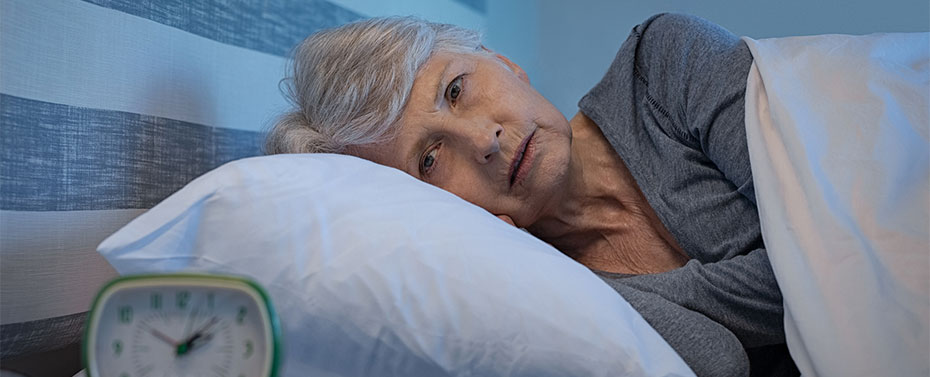Sleep Medicine

When we don’t get enough sleep or sleep poorly, our daily activities and lifestyle are affected. In addition, sleep problems can be related to or cause other medical conditions such as high blood pressure, premature heart disease, and stroke.
You may be suffering from a sleep disorder if you:
- Are a loud, habitual snorer
- Feel tired and groggy when you wake up
- Experience sleepiness and fatigue during waking hours
- Are overweight
- Tend to choke, gasp, or hold your breath during sleep
Our Center for Sleep Medicine serves both children and adults who are looking for help with a sleep problem.
We offer overnight sleep evaluations and, in some cases, home sleep evaluations. Based on your diagnosis, our sleep medicine specialists can then work with your own doctor to develop a treatment plan.
Why Choose Englewood Health’s Center for Sleep Medicine?
Our Center for Sleep Medicine has earned accreditation by the American Academy of Sleep Medicine in recognition of our outstanding level of patient care. We offer:
- Comprehensive diagnostic services in a newly renovated overnight testing facility outfitted with a full-sized mattress and a private bathroom to make your stay feel as close to home as possible
- Expertise in sleep apnea, periodic limb movement syndrome, narcolepsy, and insomnia
- A team-based approach among specialists in pulmonary medicine, pediatric pulmonary medicine, neurology, otolaryngology, psychiatry, and obesity to ensure optimal patient-centered care
- Home sleep testing if appropriate
- Treatment or recommendations for treatment, such as continuous positive airway pressure (CPAP) to get you to return to restful sleep
Making an Appointment
To make an appointment, call 201-894-3154.
You must have a referral from your primary care physician or another physician to make an appointment. If you do not have a referral, find a sleep specialist online or call us for a referral. You will then need to have an office consultation to receive a referral.
Prior to your scheduled appointment, please take some time to complete a pre-test questionnaire (English | Spanish). This will help the physician evaluate your test results. Please bring this completed form with you on the day of your appointment.
